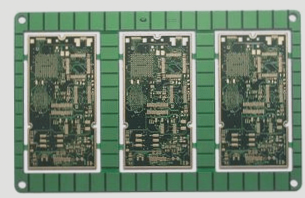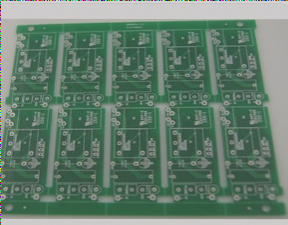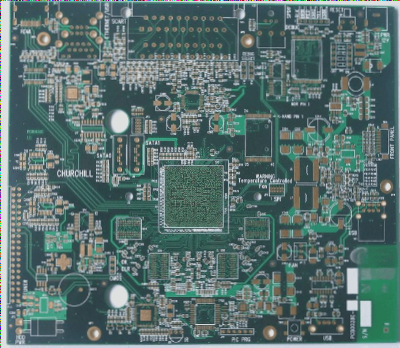Flyback Converter Design Using DK124 IC
Flyback circuits are widely used for galvanically isolated AC-to-DC or DC-to-DC conversion, especially in low-power applications under 100W. The DK124 IC is a cost-effective solution for building Flyback converters, eliminating the need for additional components like auxiliary windings or external startup resistors.
New Information:
- Flyback converters are commonly found in household and industrial devices due to their simplicity and cost-effectiveness.
- The DK124 IC can deliver up to 18W continuously, with the flexibility to adjust output voltages.
- Altium Designer 22 was used for schematic and PCB design, ensuring efficient component selection and BOM generation.
- Wellcircuits provided high-quality fabrication services for the PCB design.
Specifications:
- Input Voltage Range: 85 to 265V-AC
- Output Power: 18W Continuous
- Output Voltage: 12V-DC
- Switching Frequency: 65KHz
Circuit Analysis:
The schematic diagram features the DK124 IC as the core component for efficient power supply. Components like varistors, capacitors, and chokes ensure stable operation and protection against voltage spikes and EMI.
Key Components:
- Varistor (R2) for voltage clamping
- Common-mode choke (T1) for noise suppression
- Snubber circuit (R3, C4, D1) for transient spike suppression
- Optocoupler (OP1) for isolated feedback
- Shunt regulator (Reg1) for voltage stabilization
PCB Layout:
The single-layer PCB layout ensures efficient assembly and compliance with high-voltage standards. Isolation gaps are included for safety and reliability.
Transformer:
The Importance of Transformer in Flyback Power Supply
In a flyback power supply circuit, the transformer plays a crucial role in determining performance. The quality of the winding directly impacts the overall efficiency and functionality of the circuit.
Transformer Specifications:
- Core: Ferrite, EE-25-13-7
- Primary Winding: 1.79mH (80 turns of 0.25mm wire)
- Gap: Approximately 0.25mm (calculated)
- Secondary Winding: 8 turns of 2*0.67mm wires (parallel configuration)
- Bobbin: 5+5, EE25, Horizontal
When working with EE cores that come without a gap, creating the necessary gap by grinding the middle legs is essential. However, achieving precise dimensions and accurate winding can pose challenges.
Adjusting the Gap:
The recommended method involves using an LCR meter to fine-tune the gap for optimal performance. By measuring the inductance of the primary winding and adjusting the gap accordingly, you can ensure the inductance is close to the desired 1.79mH value. A slight tolerance is acceptable for practical purposes.
For visual reference, Figure 4 illustrates the EE core structure and the gap created between the middle legs.

Figure 4: The 25-13-7 EE core with the non-magnetic gap
Assembly and Testing
Figure 5 showcases the fully assembled PCB board for the flyback power supply. All components are of the through-hole type, simplifying the assembly process. Alternatively, you can opt for a pre-assembled board, excluding the transformer component.



